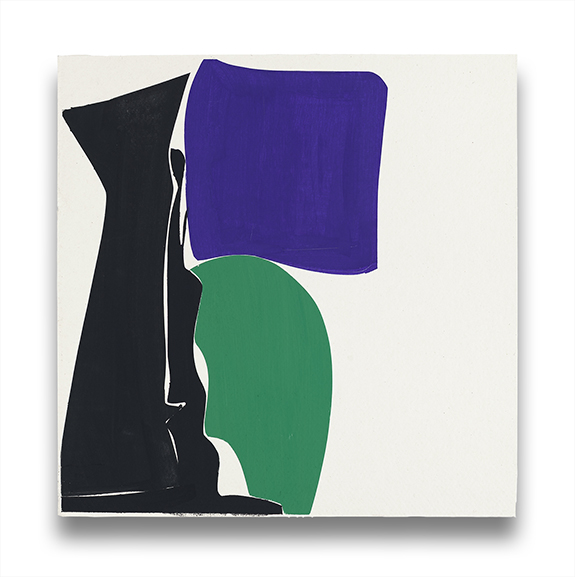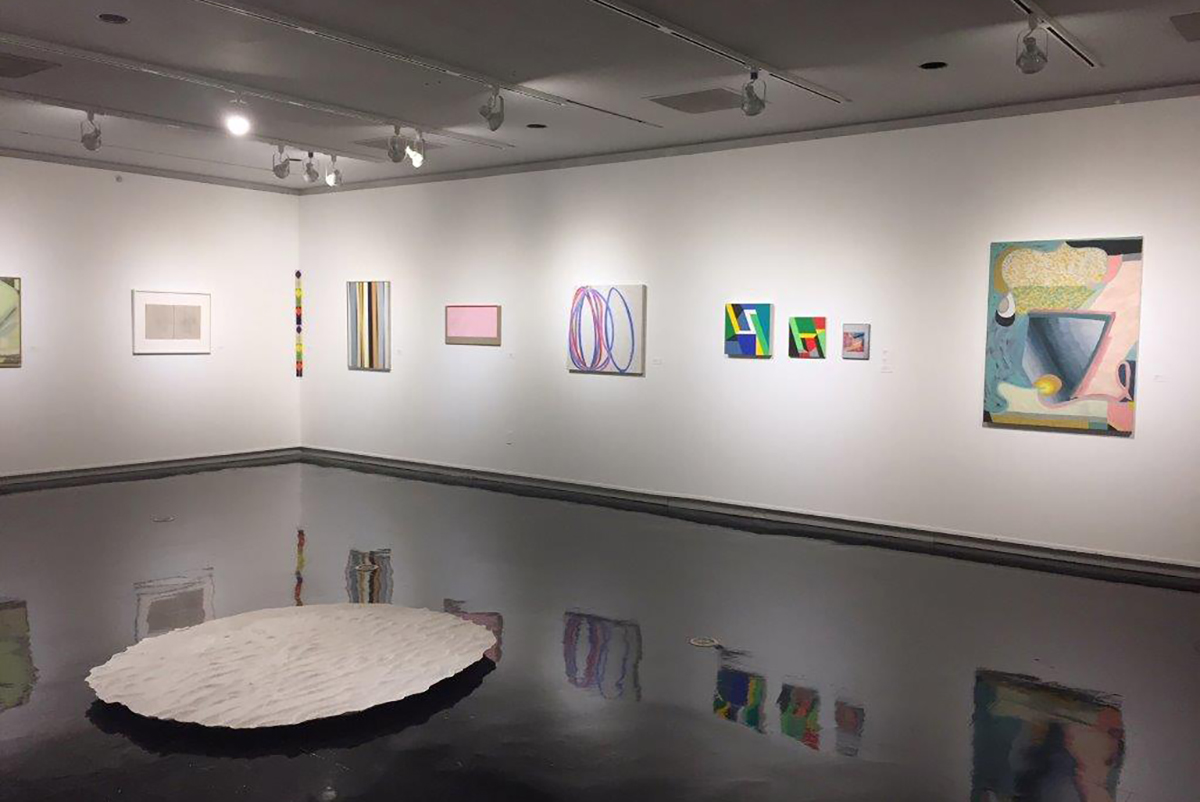[ad_1]
When American Abstract Artists (AAA) was founded in 1937, most critics and curators considered abstract art too “European” to be “American.” The irony of that prejudice, of course, is that America has always been a multi-cultural country of immigrants with roots not just in Europe, but in every nation on the globe. The AAA founders were proud of their global roots, and were dedicated to promoting an open, experimental, and diverse viewpoint towards Modern Art. They were also activists, intent on subverting the institutional biases that were holding them back.
The roster of AAA founders includes the likes of Josef Albers, Ilya Bolotowsky, Burgoyne Diller, and Mercedes Matter, and other past members include such luminaries as Lee Krasner, Robert Ryman, Hans Richter, Howardena Pindell, Louise Nevelson, Ben Nicholson, Piet Mondrian, Laszlo Moholy-Nagy, Brice Marden, Sam Gilliam, Norman Lewis, and Sol leWitt—and the list could go on. Along the way, these innovators and influencers have published bombastic articles calling into question the value and integrity of art critics and museum curators, hosted innumerable lectures to help define and promote abstraction to the American art viewing public, and published valuable journals providing insight into the social, political, and aesthetic relevance abstraction has to the American story.
This year, as AAA turns 82, we are pleased to note that four IdeelArt artists are counted amongst its members: Stephen Maine, Anne Russinof, Kim Uchiyama, and the recently elected Vice President Joanne Freeman. I reached out to Freeman and current AAA President Jim Osman to discover how the organization is changing, and what plans they have for addressing its biggest challenges going forward.

The American Abstract Artists
Phillip Barcio for IdeelArt: Can you give me an idea of what the contemporary AAA membership looks like in terms of demographics?
Jim Osman: Currently we are at 98 members. In our last intake, we brought in 15 new members and had 40-year olds through 88-year olds. We have 6 or 7 members who are approaching 100. We have a pretty even split between men and women, and a huge variety of intentions in the work. But we need a more diverse membership. That is our biggest goal—to broaden the group.
Joanne Freeman: Because of how the membership is formed, where existing members nominate other people to be members, it is not as diverse as we would like it in terms of race and in terms of discipline. We would like the AAA to reflect the actual increase in diversity in the art field.
Osman: We have, I think, only two members currently who identify primarily as photographers.
Freeman: If we could broadened the definition of who and what an abstract artist is, that could broaden the membership. If we focus on diversity in the mediums then diversity in the membership should follow.
Barcio: How might diversity in mediums lead to diversity in membership?
Freeman: We would like to have more forums where someone outside the group comes in and addresses the group about the different mediums and methods they work with, to start a dialogue between these different artists, to start a conversation about abstraction and what it means.
Osman: When we open up, that inevitably invites diverse perspectives into the group. People move through the space of different kinds of work and they find a way around it. It leads to conversations about what abstraction is. Could you have an installation artist who is totally abstract? Or a performance artist who is totally abstract? What would that mean? Is distortion of story and narrative the same as abstraction drawn away from the source. When I was younger, we would go to the Strand and buy every biennial catalogue in the bins. They would do a spread of images of the artwork and then a statement by the artist. Half the time the statements were indecipherable. I think there has been a generational shift of how people see work and talk about work. It can be very analytical and sometimes poetic. It can be affirmative and sometimes more elusive.
Barcio: Aside from diversity in method and membership, are you also facing pressure as abstract artists to diversify in terms of how your work addresses social and political content?
Freeman: People say, “How can you paint that type of work with this social injustice going on?” But there is a virtue in having color be your subject. That in itself is a political statement. You can be a political person, but you do not have to be categorized by your politics. Color is a subject matter, a very important subject matter. If you do it well, that is affirmation enough. Doing something well is a virtue unto itself.
Osman: The AAA was founded in a very political time. It came out of a really political scene, when abstract art needed to be validated. Americans in general were not progressive in the 1930s, but this group was progressive.
Barcio: What about diversity in terms of geography? I notice most AAA members are in New York.
Freeman: This thing of going to New York is like a crying call. When I left (the University of) Madison, the cry was out there—get yourself to New York. There is a major community here. But then there are other questions, like are you milling around on yourself. You go to an opening and there are a lot of people, and you go to another opening and there are a lot of people, but it can be the same people. You wonder, did I just have that conversation? But we are reaching out through social media and traveling exhibitions. Past President Dan Hill gave the AAA more of a social media presence. And past Vice President Emily Berger developed and initiated a show called Blurring Boundaries: the Women of the AAA from the 1930s to the Present, and that show is traveling around the country right now.
Osman: We have also talked about doing satellite cities, but yes, most of the people are in New York City. Everyone who is in the group is expected to participate on committees and to just help get things done, like planning and executing exhibitions and talks and meetings. We meet four to five times a year. But there is no denying we need to go into different areas. It gives us a chance not just to spread our ideas to the world, but to broaden the sense of who we know and what we are doing.
Written by Phillip Barcio.
Featured image: Blurring Boundaries: The Women Of AAA, 1936-Present, Installation view at the Clara M. Eagle Galleries, Murray State University, Murray, KY. Image via Joanne Mattera.
[ad_2]
Source link

